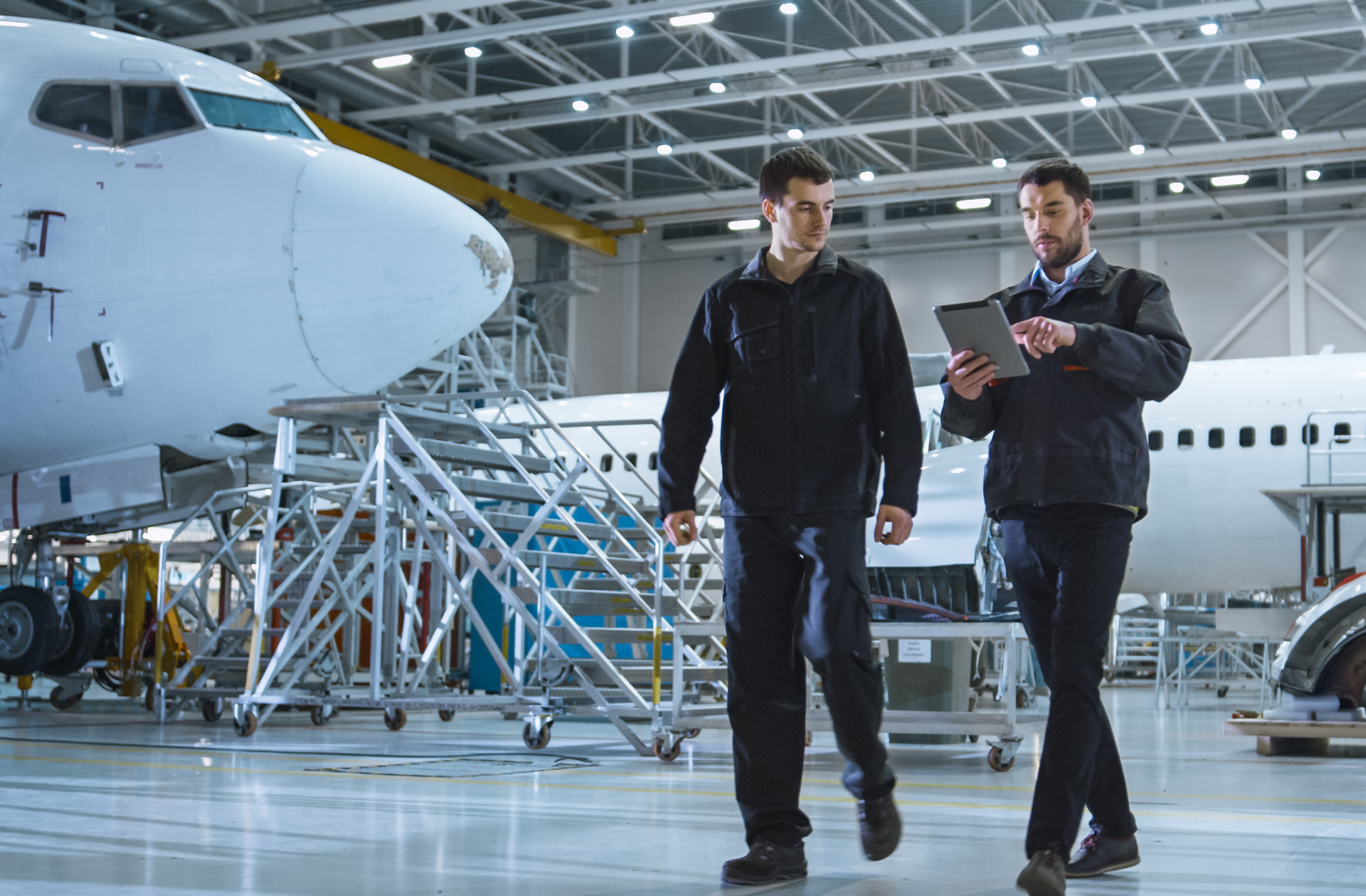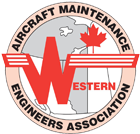How Real-Time Maintenance Updates Improve Aircraft Availability
In the aviation industry, precision is paramount. From flight operations to maintenance procedures, every aspect relies on accurate data to ensure safety, compliance, and efficiency. One often-overlooked yet vital component is time tracking within maintenance operations. Accurate logging of maintenance activities not only fulfills regulatory requirements but also significantly impacts operational costs and overall efficiency.
In the aviation industry, precision is paramount. From flight operations to maintenance procedures, every aspect relies on accurate data to ensure safety, compliance, and efficiency. One often-overlooked yet vital component is time tracking within maintenance operations. Accurate logging of maintenance activities not only fulfills regulatory requirements but also significantly impacts operational costs and overall efficiency.
The Importance of Accurate Time Tracking
-
Regulatory Compliance: Aviation authorities such as the FAA and EASA mandate meticulous record-keeping of maintenance activities. Accurate time logs ensure that maintenance tasks are performed within specified intervals, preventing potential violations and ensuring airworthiness.
-
Cost Management: Labor constitutes a significant portion of maintenance expenses. By precisely tracking the time spent on each task, organizations can identify inefficiencies, allocate resources effectively, and reduce unnecessary labor costs.
-
Operational Efficiency: Detailed time records enable maintenance managers to analyze workflows, identify bottlenecks, and implement process improvements. This leads to reduced aircraft downtime and increased fleet availability.
-
Predictive Maintenance: Time tracking data contributes to predictive maintenance strategies by highlighting patterns and trends. This proactive approach allows for timely interventions, minimizing unexpected failures and associated costs.
Challenges in Traditional Time Tracking Methods
Historically, maintenance time tracking relied on manual methods, such as paper logs or basic digital spreadsheets. These approaches are prone to errors, omissions, and inconsistencies, which can compromise data integrity and hinder decision-making processes.
Leveraging Technology for Enhanced Time Tracking
Modern aviation maintenance software solutions have revolutionized time tracking by offering:
-
Automated Data Capture: Integration with tools and systems that automatically record time spent on tasks, reducing manual input and errors.
-
Real-Time Monitoring: Immediate visibility into ongoing maintenance activities allows for dynamic scheduling and resource allocation.
-
Comprehensive Reporting: Advanced analytics provide insights into labor utilization, task durations, and overall maintenance efficiency.
By adopting these technological advancements, maintenance organizations can achieve greater accuracy, compliance, and cost-effectiveness.





